“We followed the Michelin template and had the Michelin attitude – we did what we had to do to get the stars, we had the silver cutlery and the white tablecloths,” says Aduriz, now fifth in the global Best Chef list.
But gastronomy has now changed, and today it is “probably more relevant to take part in Top Chef than get three Michelin stars”, he says.
While the young generation of chefs are “technically better, they’re better informed, and they’re fresh and impertinent”, Aduriz is troubled: “I’m worried that some chefs are being blinded by the mermaid song of the new codes – these new popular styles of gastronomy – that dominate the dining landscape through social media, digital platforms and streaming.”
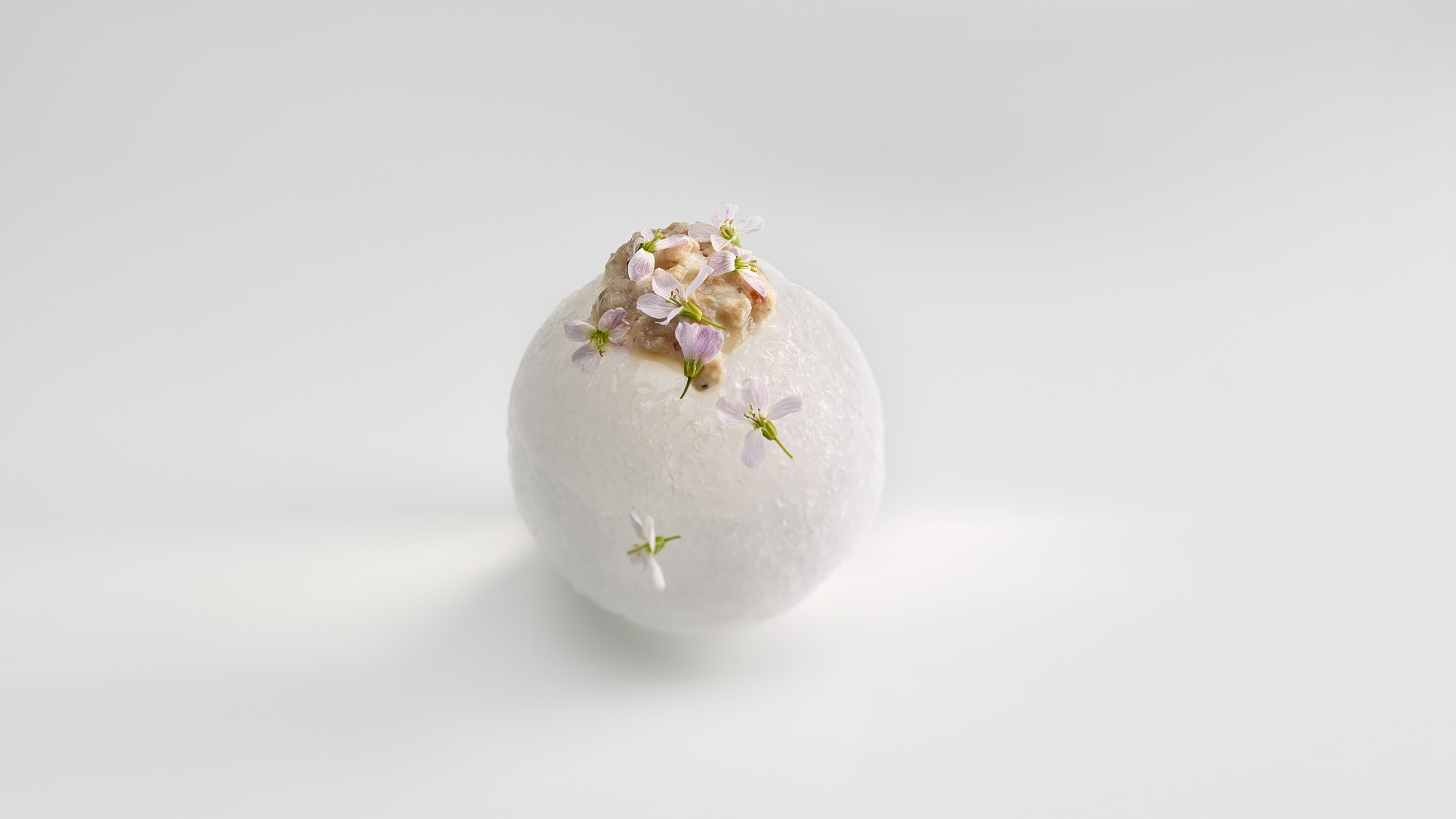
Whether Parker dictated what became popular or merely gave legitimacy to what
upwardly mobile 1990s Boomers already wanted to drink – big, fruit-forward, high-alcohol wines from recognisable international varieties such as cabernets – is debatable.
Nevertheless, the latter decades of the last century ushered in a never-before-seen homogenisation to wines around the world.
Aduriz is not the only chef dismayed by a perceived global gastronomic conformity.
Perhaps there is homogeneity, but everywhere in the world … you can also find expressions of territory and culture
Mauro Colagreco of three-Michelin-star Mirazur, in France
Noma, which opened in 2004 and recently announced it will change its service structure to an as-yet-unclarified format from the end of this year, cooks according to a manifesto of 10 principles that highlight localism and seasonality.
Noma dominated the World’s 50 Best Restaurants list from 2010 to 2014 and, after it reopened at a new site, was voted World’s Best Restaurant for the fifth time in 2021.
“Go to a small town in Spain or a remote part of Bali and you’ll find a chef trying to do something new but it’s actually a copy-paste of the Nordic style,” says León. “They’re trying to be Rene [Redzepi] but, of course, they’re not him.”
Chefs being inspired by, or copying, other chefs is, of course, nothing new, and surely goes back to the beginning of cooking and the sharing of recipes.
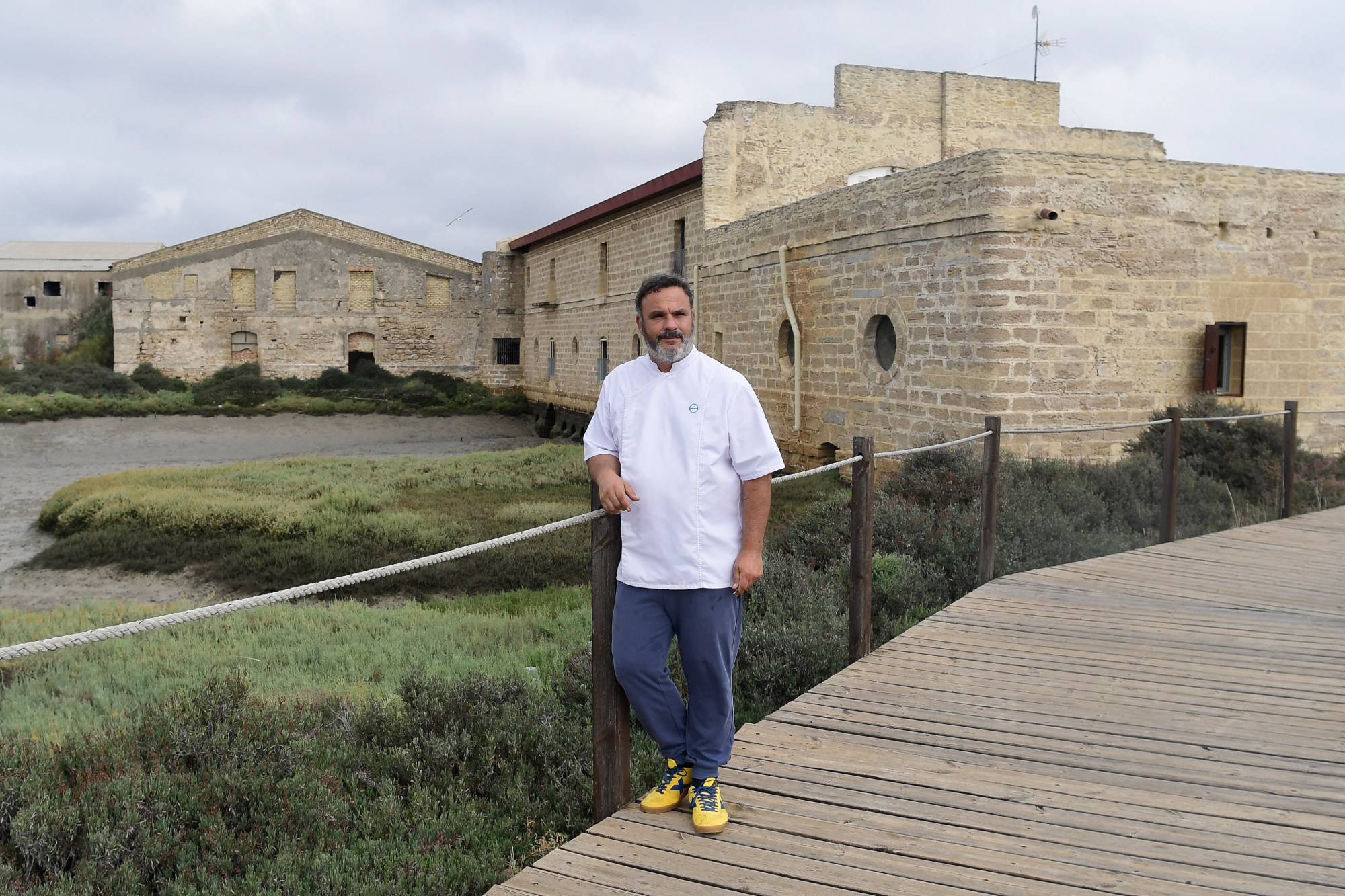
What Aduriz and León are alarmed at, however, is the speed at which culinary “templates” are spreading through our globalised world.
“Social media is today directly influencing how chefs plate their dishes. Instagram can be compared to ’80s Flammarion, except the velocity is much greater,” says Aduriz.
“Instead of cooks dipping into their own personality, looking inside and in-depth to discover their own style, they’re following these new references.”
For some chefs, however, following in the footsteps of others is a necessary part of the learning process to develop their own unique culinary approach.


“I also had a time when I was not true to myself,” says Maksut Askar, of Neolokal, in Istanbul, Turkey, which has a Michelin star and a green star for sustainability. “First you have to find out what you don’t want, then you start to work out your own path, your own direction.”
Now he avoids reading cookbooks, as he wants to keep his “perspective clean and clear”, and turns only to reference books for information on techniques, for example.
Alberto Landgraf, of two-Michelin-star Oteque, in Rio de Janeiro, Brazil, has a largely positive take on how globalisation has affected gastronomy – or at least recognises that the effects are inevitable.
While information was previously limited to the privileged few who could travel, and there were few chefs’ networks, today he reaches out regularly to chef friends in Canada, Japan and elsewhere to talk about cooking techniques or approaches.
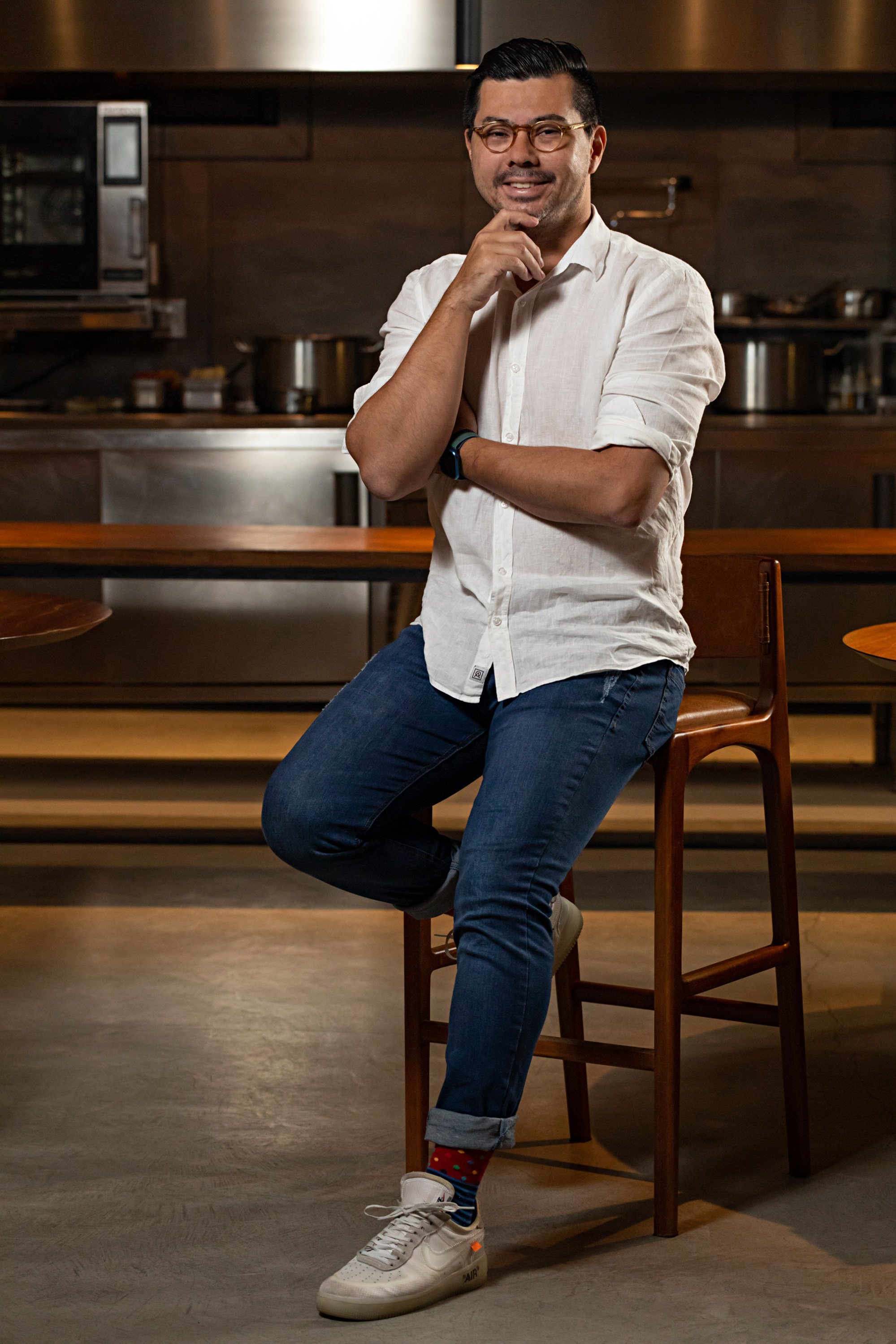
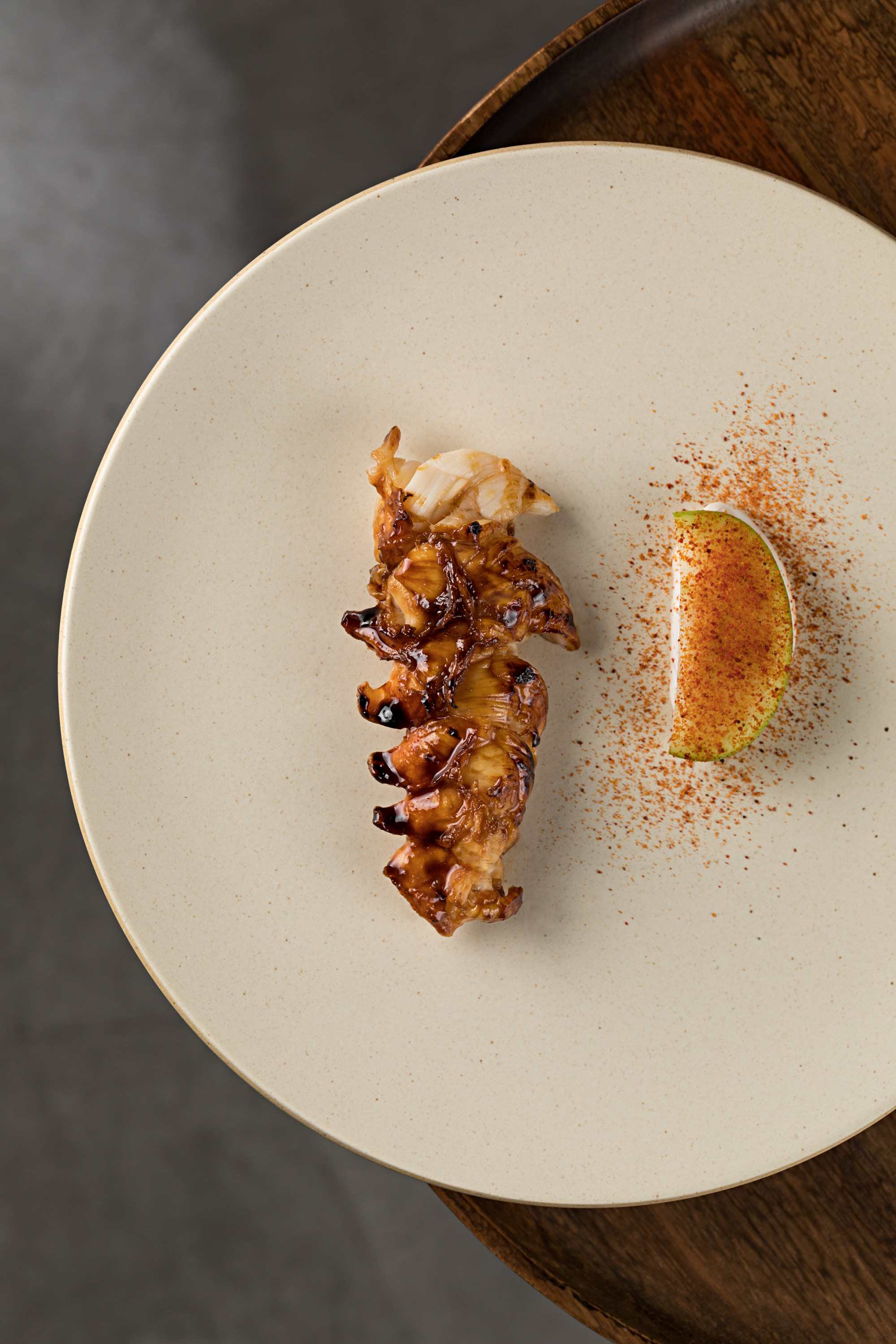
“Globalisation is here, it’s pointless to isolate yourself. If you have access to information, you should use it, or your competition will steamroller you.”
A counterbalance to globalisation’s homogenising tendencies is a clear communication of the specifics of place.
One of contemporary fine dining’s most exciting developments is surely the diversity of cuisines now on the world gastronomic stage.
For much of the 20th century, fine dining was synonymous with French haute cuisine, which was redefined in the latter decades by the radical ideas of nouvelle cuisine – abandoning the traditions of France’s la grande cuisine by creating much lighter dishes that borrowed ingredients from non-French cuisines and were plated in the kitchen instead of tableside.
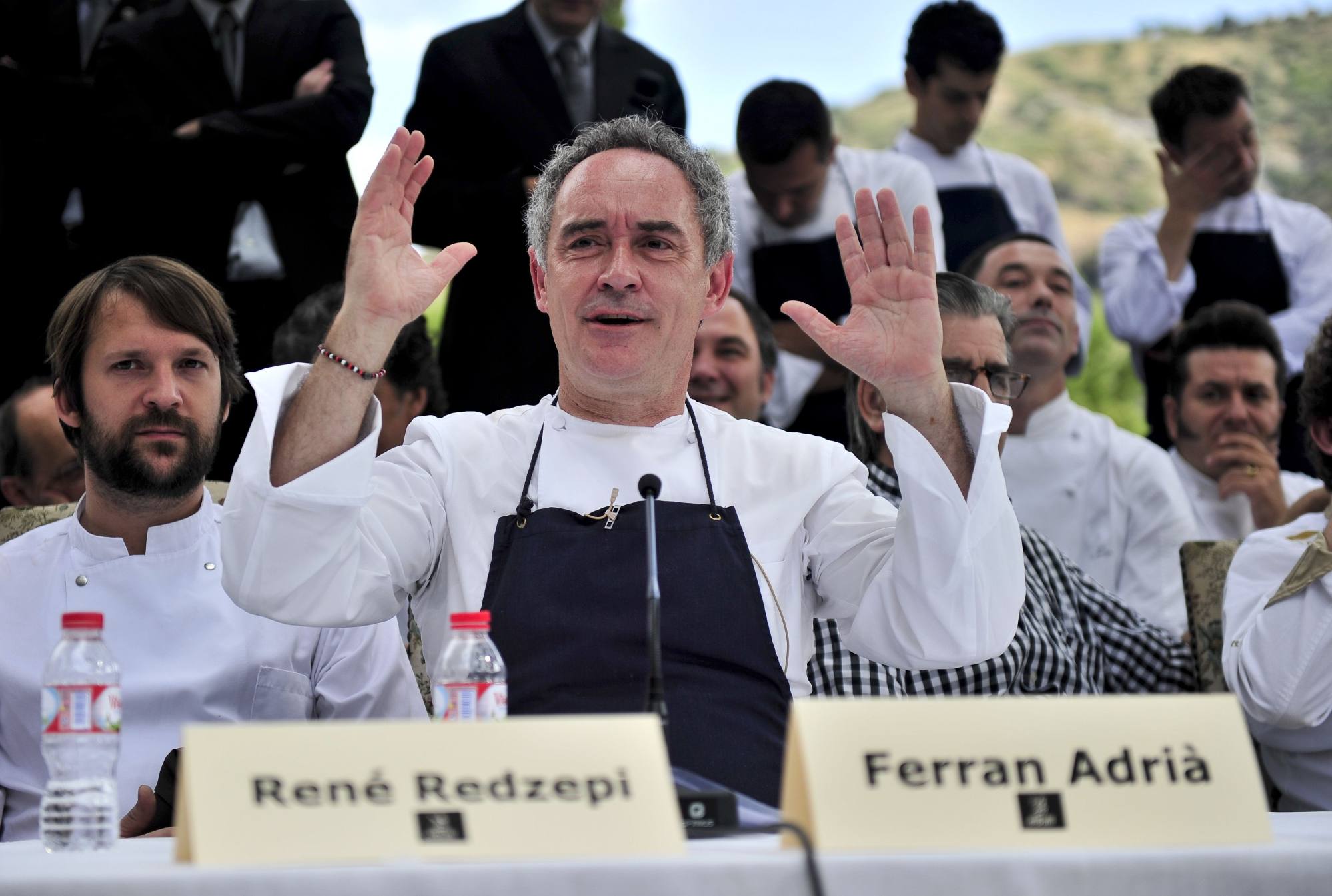
El Bulli, which pioneered molecular gastronomy (although the brothers decry the term), shook up gastronomy in the ’90s and noughties, earning the title of World’s Best Restaurant five times from 2002 to 2009.
This February, a symposium and series of dinners in Copenhagen paid tribute to El Bulli and its legacy of innovation.
When El Bulli closed, in 2011, New Nordic cuisine took over the mantel to become the world’s most influential culinary approach, with Noma at the forefront.
From the ’60s, the influence of Japanese cuisine also continued to grow, with Western chefs captivated by its balance of simplicity and complexity, minimalism and detail.

Today Japanese culinary aesthetics and approaches can be seen in kitchens around the world, including at Noma.
Now other cuisines are gaining in prominence, with various Asian, Latin American and African cuisines making headlines around the world.
The global interest in Korean cuisine (along with the art and culture of South Korea more generally) is booming.
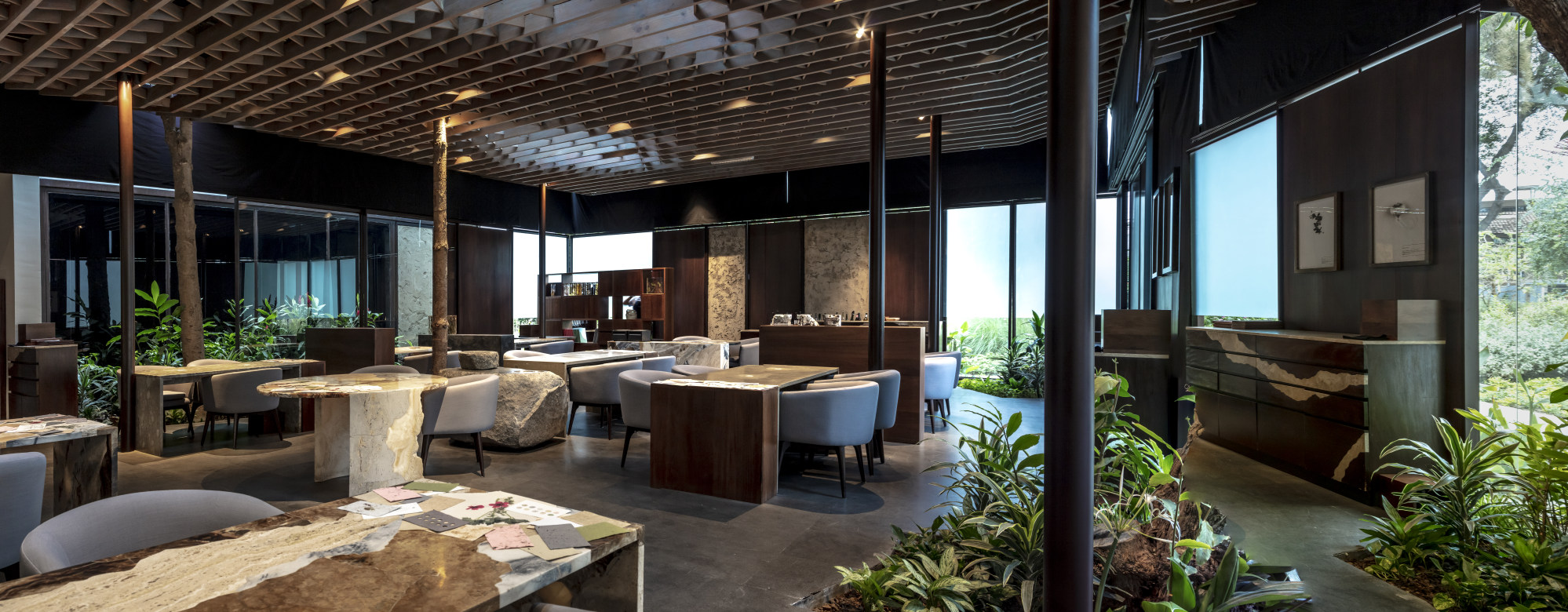
Two-Michelin-star Atomix, a modern Korean 14-seater in New York, by chef Junghyun “JP” Park, and his wife and co-owner, Ellia Park, is now in eighth position on the World’s 50 Best Restaurants list, while Korean restaurants in Hong Kong, Singapore and many other places are critically acclaimed.
What Colagreco sees ahead for fine dining is further borrowing from Japanese culinary tradition, with omakase (to leave the choice of what each diner eats up to the chef, who serves seasonal specialities) in particular becoming more common.
“I think we’ll see more and more restaurants open in the next few years, especially small restaurants with a tight team of chefs who are doing a European omakase approach, making dining much more personalised,” says Colagreco, who recently opened Plaisance, on Duddell Street, in Central.

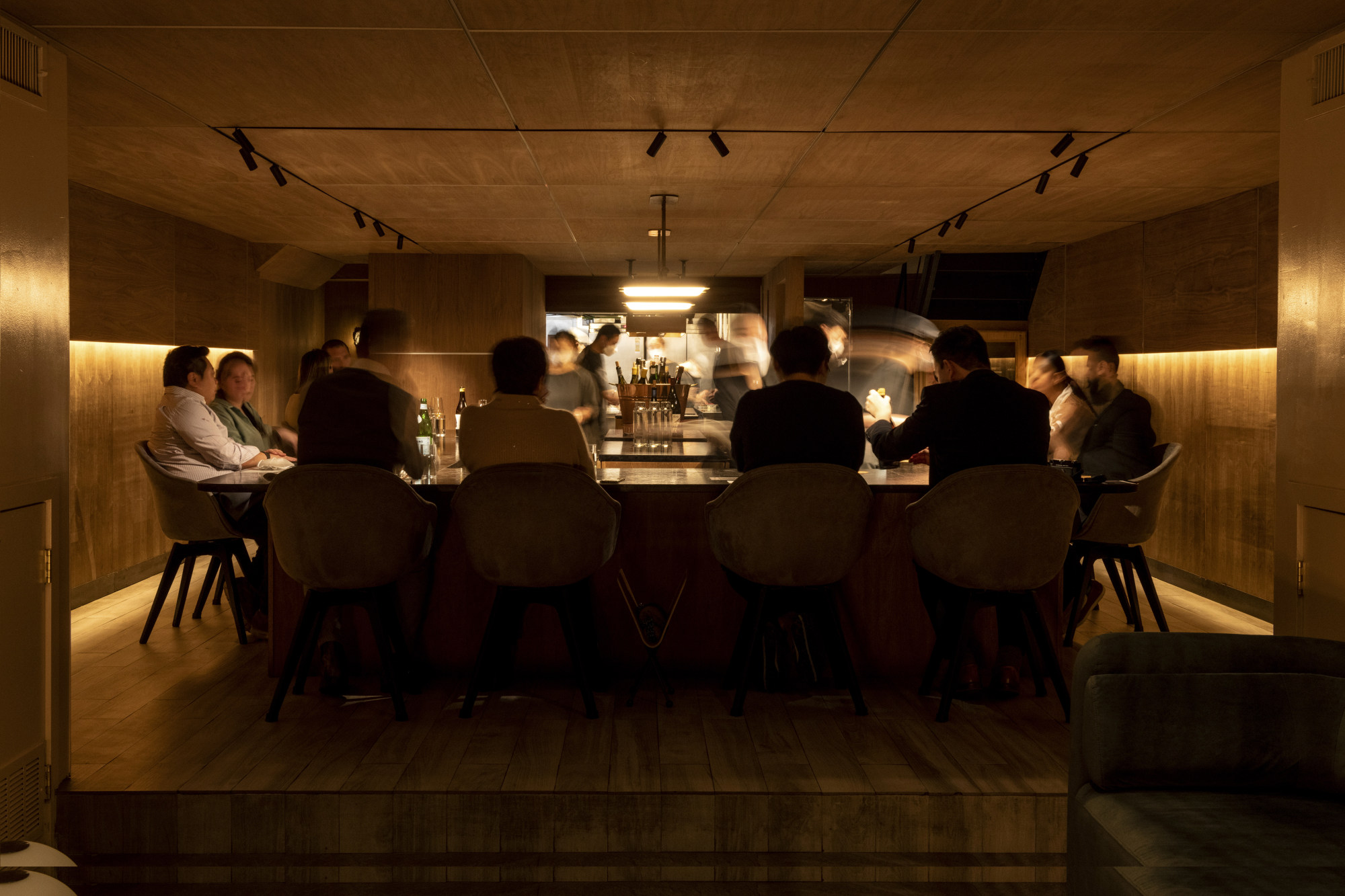
While globalisation continues to affect gastronomy in myriad ways, in its mature phase chefs have the potential to make the most of its benefits while counterbalancing the negatives.
In the face of growing conformity, the restaurants that will keep pushing gastronomy forward are likely those with international awareness but unique, local and personalised flavour.







